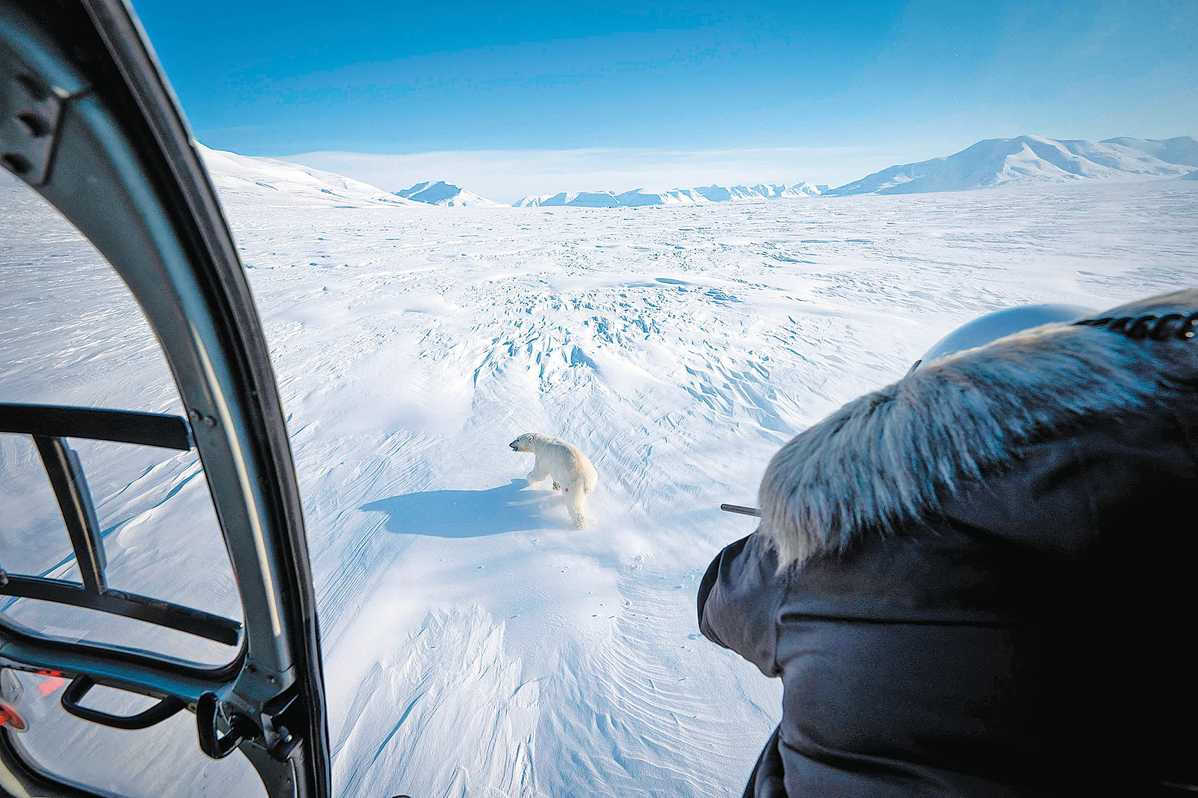Bearing the brunt
Polar bear research to shed light on Arctic pollutants
Share - WeChat


"If they have very little sea ice, they necessarily need to be on land," he said, adding they spend "much more time on land than they used to … 20 or 30 years ago".
This season alone, Aars and his team of marine toxicologists and spatial behavior experts captured 53 bears, fitted 17 satellite collars, and tracked 10 mothers with cubs or yearlings.
"We had a good season," Aars said.
The team's innovations go beyond biopsies. Last year, they attached small "health log" cylinders to five females, recording their pulse and temperature.
























